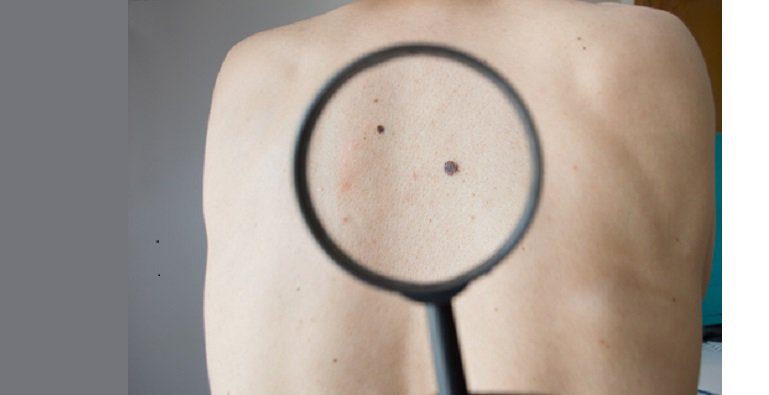Liquid nitrogen treatment, also known as cryotherapy or cryosurgery, involves spraying the liquid directly onto a skin growth or dabbing it on using a cotton swab. Since this particular chemical has a temperature of roughly -328 degrees F (-200 C), it instantly freezes anything that it comes in contact with. In the case of skin growths, this includes the growth itself and some small area surrounding it.
As with any contact involving extreme temperatures, the result is a burning of the affected tissue. This “burn” will cause a blister to form. This treatment is desirable for certain kinds of noncancerous skin growths because it is quick and relatively painless and is far less invasive than excision or dermabrasion. Cryotherapy can usually be performed in the office and requires no extensive post-treatment care, making it extremely convenient.
How Cryotherapy Works
Freezing and destroying abnormal skin tissues such as warts, moles, skin tags, sun spots and nodules with liquid nitrogen is a common treatment for external skin growths. It can also be used for actinic keratoses and other precancerous growths.
Cryotherapy causes a stinging and burning pain while the growth is being frozen and this burning continues while it thaws. The area that was treated will become red and swollen and in three to six hours, a blister with a scab will form. The blister may bleed a little, and it may turn purple or black, all of which is a perfectly normal part of the healing process. Within one to two weeks, the scab will fall off by itself, and the skin growth will come off with it, leaving healthy new skin.
The most obvious after-effect of cryotherapy is the presence of a blister. You should never try to remove the blister yourself, as this could leave you open to the possibility of infection. This means you should avoid rubbing the blister or getting it wet for 24 hours after treatment.
Avoid taking long baths, washing the dishes (if the treatment was applied to your hands) or swimming for at least a day after treatment. After the blister falls off or breaks on its own, you will have a small sore. It is recommended that Polysporin ointment be applied one or two times a day to the sore and cover it with a Band-Aid. You can then wash your skin as usual and use make-up or other cosmetics.
While the blister is present and after it falls off, you should be careful to cover the area with sunscreen to avoid exposure to the sun’s UV rays and allow for proper healing. If you start to experience the signs of an infection, such as fever, swelling, tenderness and oozing from the site, you should notify your doctor immediately. If the growth is not cured by liquid nitrogen, you should make a return appointment, as the growth may be early skin cancer and may require surgery.
Interested in Cryotherapy Treatment?
We have multiple locations throughout the country, so fill out our simple online form to get in touch with us. One of our local team members will reach out to you shortly to answer your questions or schedule an appointment for you to visit us soon.
Find a location near me
or

